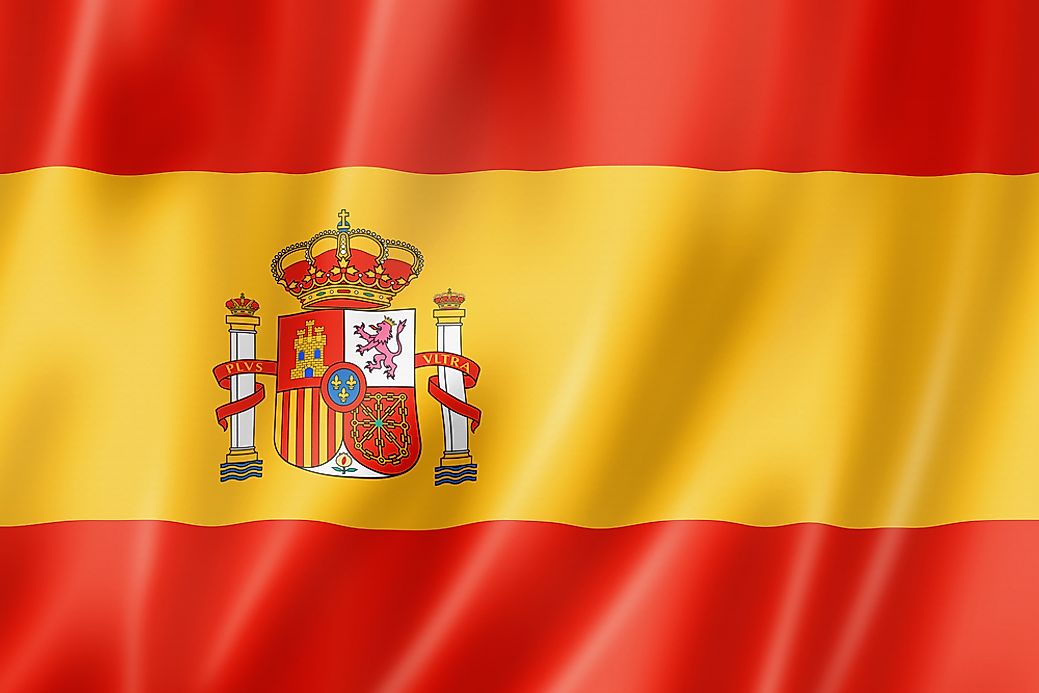

Delany, Bishops Richard Allen and Daniel A. Among those proposed for a new flag: Major Martin R. A Black professor in Ohio came up with a flag that featured the faces of famous Black leaders. “That idea was one which many Black people understood.” In the decade or so after the “Every Race Has a Flag” song came out, at least one person took its offensive lyrics as a challenge to design a flag that could represent Black America. The message came from all directions, including popular music.Īs gross as the song was, the lyrics hinted at something that actually did resonate for Black people – “that actually a flag was something that enabled people to be welded together,” says Colin Grant, author of Negro With A Hat – The Rise and Fall of Marcus Garvey. Black Americans were being shown that they were not respected or safe, or really even considered fully American. At the same time, lynching and other terrorist violence surged. The Supreme Court upheld “separate but equal” laws, and much of Black America lived under Jim Crow or some other anti-Black social order. While shocking to a modern audience, this tune titled was not entirely surprising given the era, made when the US was not even two generations out of slavery. “Ev’ry nation can brag ‘bout some kind of a flag,” he laments, “Why can’t we get an emblem of our own?” The song goes on to propose a flag for Black people that is crammed with racist stereotypes. In the lyrics, the head of a made-up Black social club addresses a meeting, and says he’s just been to a Labor Day parade, where he saw all these different national flags. The story of Black Americans creating their own national flag goes back to at least 1900 when a particularly racist song called “ Every Race Has a Flag but Not the Coon” became a staple on vaudeville. W hen it first came into existence, the flag posed some bold questions about where Black people owed their loyalty: was it to the nations where their lives were demeaned and threatened? Or to a new nation – one they would build entirely for themselves? For hundreds of thousands of Black people, the red-black-and-green symbolized the answer.

The flag was invented to unite Black people all over the world living under racial repression. MINNEAPOLIS (AP) - Crews have removed concrete barriers, artwork, flowers and other items from a Minneapolis intersection that became a sprawling memorial to George Floyd, known as “George Floyd Square.” (via


 0 kommentar(er)
0 kommentar(er)
